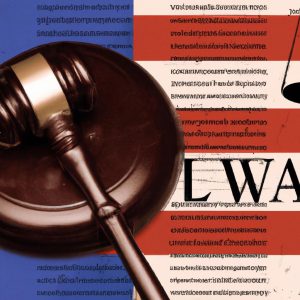The Seven Essential Elements of Trust in Estate Planning
Estate planning is a crucial process that involves preparing for the distribution of your assets and the management of your affairs upon your passing. One of the most valuable tools in estate planning is a trust. In New York State, trusts play a pivotal role in ensuring your wishes are carried out effectively and your loved ones are provided for.
At Morgan Legal Group, we understand that estate planning can be complex, and creating a trust is a significant step in securing your legacy. In this article, we’ll explore the seven essential elements of trust in estate planning under New York State Law.
1. Settlor (Grantor)
The first element of a trust is the settlor, also known as the grantor. The settlor is the individual who creates the trust and transfers assets into it. As the settlor, you have the authority to define the trust’s terms, specify beneficiaries, and outline how the assets should be managed.
2. Trust Property (Principal or Corpus)
The trust property, often referred to as the principal or corpus, consists of the assets that you transfer into the trust. This can include real estate, investments, bank accounts, and other valuable assets. The trust property is held and managed by the trustee for the benefit of the beneficiaries.
3. Trustee
The trustee is a critical element of any trust. This individual or entity is responsible for managing and administering the trust according to the terms set forth by the settlor. Trustees have a fiduciary duty to act in the best interests of the beneficiaries and ensure that the trust operates as intended.
4. Beneficiaries
Beneficiaries are the individuals or entities that stand to benefit from the trust. They may receive income generated by the trust property, distributions of trust assets, or other financial benefits as specified in the trust document. Beneficiaries can include family members, loved ones, charities, or even the settlor themselves.
5. Trust Terms
The trust terms outline the rules and conditions governing the trust. These terms are established by the settlor and can be highly customizable. They dictate how assets are managed, when distributions are made, and any specific instructions or restrictions that must be followed.
6. Trust Purpose
Each trust must have a clear and legal purpose. This purpose may include providing financial support to beneficiaries, preserving assets for future generations, or achieving specific charitable goals. The trust purpose aligns with the settlor’s intentions and ensures the trust’s legal validity.
7. Legal Formalities
Creating a trust involves specific legal formalities to ensure its validity. In New York State, trusts must be created in writing, signed by the settlor, and notarized. Depending on the type of trust, additional requirements may apply. It’s essential to adhere to these formalities to avoid potential challenges to the trust’s validity.
Consult with Estate Planning Experts
Estate planning and trust creation can be complex, and it’s crucial to get it right to protect your assets and ensure your loved ones are cared for. At Morgan Legal Group, our experienced estate planning attorneys specialize in creating trusts tailored to your unique needs and goals.






